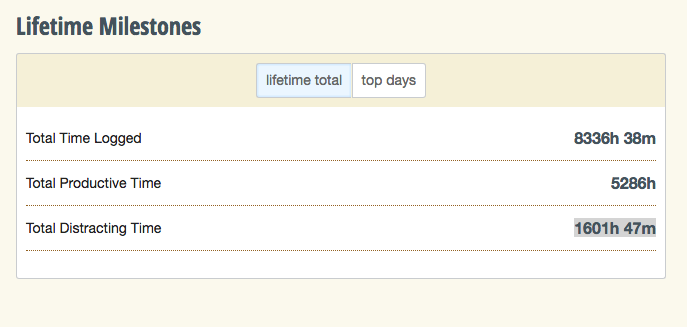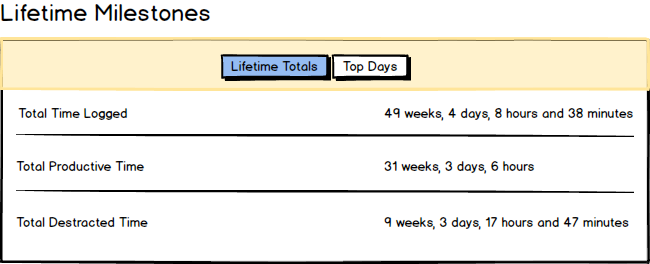The Software Product Management Blog
Grab a front-row seat to the world of software product management, where I share everything from industry insights to personal anecdotes, aiming to enlighten, educate, and empower those passionate about crafting cutting-edge software products.
Get blog updates
Never miss a product management insight from me.
Should Product Managers Do Wireframes? The Answer is a Resounding Maybe.
To promote a recently penned blog post, Product Plan CEO @JimSemik recently posted the question “Should product managers wireframe?” on LinkedIn. I have some thoughts on that I’d like to share. This question assumes that we’re talking about product managers in the software business. If you’re a product manager for a soup company, you might not get as much out of this answer. We all know that a product manager’s primary responsibility is to understand the market, customer and align it with your business strategy. Armed with that understand you take what you know and build products that make money. As part of that process you will likely need to define what is built. The article that Jim references talks about the value of a wireframe as a means of explaining intent that is more efficient than a series of bullet points. If that is how a product manager wants to use wireframes, go for it. It embraces the Lean idea of minimizing waste. For a particular bare bones approach, take a look at an article one of the guys at 37signals wrote years ago on low-fidelity wireframes. When faced with a new product feature I start by writing a very high level set of requirements, then sketch things out on a white board, iterate on both at the same time until I have something I like. I don’t know if I’m typical but the process works for me. If the intention is to have the product manager create the wireframes that are handed over to the development team to use as a reference for the product, I urge you to tread lightly. My wife, a writer, often talks about how everyone devalues the work of a writer because everyone thinks they can write. As evidenced by this piece, the ability to string words together into something that makes a mild amount of sense does not make one a writer. Just because a product manager can fire up Sketch, drop some UI elements onto a canvas does not make them a UX designer. In the long term an organization that relies on their product mangers to define and design their products will suffer. The exception here is if the product manager has a background in design.
Read MoreDoes your app save content offline? Humanize your filenames.
Web applications sometimes download filenames for offline use. Naming those files is an afterthought. Read how your should do it.
Read MoreHumanize Your Data
I’ve been playing around a lot with the app Rescue Time, it’s a really cool productivity tool that helps keep your workday focused. I’ve used it for a number of years. Today, I was taking a look at some of my stats and came across this pretty cool statistic. 
Wow, I’ve been productive for over 5 thousand hours. Wait, how long is that? Is that a year? So I popped on over to a time conversion website and plugged the data in. It turns out, it was about 31 weeks out of a total of 49 weeks logged. This data meant a lot more to me then pure hours. I took that information and plunked it into a mockup.  This simple change makes the data so much more consumable. So, the lesson here my friends is look at the data you present to your users. If they have to do math in their head you need to simplify things for them. Rock on
This simple change makes the data so much more consumable. So, the lesson here my friends is look at the data you present to your users. If they have to do math in their head you need to simplify things for them. Rock on
3 Surprising Usability Testing Lessons from Real-World Research
Usability testing is critical to building a better product. Learn how I've used qualitative and quantitative testing to help me improve my products.
Read MoreFocus On Customer Experience like Nike and Disney
 I just did an interview on the Design Your thinking podcast we covered a lot of ground related to product development. Some highlights include:
I just did an interview on the Design Your thinking podcast we covered a lot of ground related to product development. Some highlights include:
- Why you should focus on the customer and not the product.
- I give some tips on how I keep myself organized (hint - hire a great team)
- What tools I use to accomplish my day to day tasks.
Check it out.
Read MoreProduct Manager Interview Prep: How to Stand Out and Get Hired
Learn how to stand out in product manager interviews with this step-by-step preparation guide. Research the company, know the product, and connect your story to the role.
Read MoreLazy UX Design - Phone Number Fields
Grrr, I hate poorly designed forms. I’m especially annoyed by forms that want humans to think like computers. Case in point, take a look at this phone number field from Bed Bath and Beyond. 
Phone numbers in the US can take many forms - parens around the area and dash separated are the most common. What isn’t common is a form typed out without any separators. However, lazy design forces that on people.
Read MoreDon't start a business until people are asking you to
Derek Sivers just posted an article about starting a business that has some really great advice that while obvious is often overlooked. In a nutshell:
Don’t announce anything. Don’t choose a name. Don’t make a website. Don’t build a system. You need to be free to completely change or ditch your idea.
Yet too often we get sucked into doing all of those things? Why? Because it feels like work. It’s not though. It’s just a form of procrastination. The real work, talking to prospects, is hard. It’s also scary. Talking to prospects means coming to grips with the idea that an idea might be terrible. It’s much easier to fool yourself into thinking you’ve started a business because you cobbled together a Wordpress site. Derek’s right. Get paid, then you can start your business. Read the entire article over at Sivers.org
Read MoreWhen to Use Which User-Experience Research Methods
There are many different ways to research your users. So many in fact that it’s hard to know when to use a particular method. In this post, the author lays out framework you can follow to help you determine which UX research method to follow. In When to Use Which User-Experience Research Methods the author describes a framework for choosing which research method to use based on where you are in the lifecycle of a project.
Read More